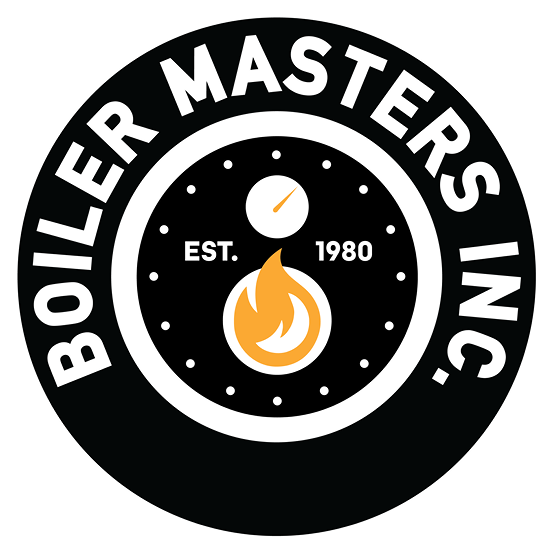Steam has been a crucial component in various industries for many years. From power generation to manufacturing processes, steam plays a vital role in ensuring efficient and productive operations. In this blog post, we will explore how steam efficiency can significantly impact productivity and benefit manufacturers.
1. Energy Efficiency
One of the key advantages of steam is its high energy efficiency. Steam can carry a large amount of heat energy while occupying minimal space. This makes it an ideal medium for transferring heat in industrial processes. By utilizing steam efficiently, manufacturers can reduce energy consumption and lower their operational costs.
Efficient steam systems can recover waste heat from various sources and use it for other processes, such as preheating feedwater or generating additional steam. By maximizing the use of heat energy, manufacturers can optimize their production processes and improve overall productivity.
2. Process Optimization
Steam efficiency also enables manufacturers to optimize their production processes. By controlling the temperature and pressure of steam, manufacturers can ensure precise and consistent conditions for various manufacturing operations.
For example, in the food and beverage industry, steam is used for sterilization and pasteurization processes. By maintaining the correct steam parameters, manufacturers can ensure the safety and quality of their products. This not only boosts productivity but also enhances customer satisfaction.
In addition, efficient steam systems can provide quick and reliable heat transfer, allowing manufacturers to achieve faster production cycles. This reduces downtime and increases throughput, ultimately leading to improved productivity.
3. Environmental Sustainability
Steam efficiency not only benefits manufacturers but also contributes to environmental sustainability. By reducing energy consumption, manufacturers can lower their carbon footprint and minimize their impact on the environment.
Efficient steam systems can also help in reducing emissions, as they require less fuel to generate steam. This is particularly important in industries that heavily rely on steam, such as power generation and chemical manufacturing. By adopting energy-efficient steam technologies, manufacturers can play their part in promoting a greener and more sustainable future.
4. Maintenance and Reliability
An efficient steam system is easier to maintain and more reliable. By optimizing steam processes, manufacturers can minimize the risk of equipment failures and unplanned downtime.
Regular maintenance and monitoring of steam systems can identify potential issues before they escalate, ensuring uninterrupted production. This proactive approach to maintenance not only improves productivity but also extends the lifespan of equipment, reducing the need for frequent replacements.
5. Safety and Risk Management
Efficient steam systems also contribute to a safer working environment. By maintaining optimal steam conditions, manufacturers can reduce the risk of accidents and ensure the safety of their employees.
Proper steam system design and operation, along with regular inspections and maintenance, can prevent steam leaks, pressure build-ups, and other hazardous situations. This proactive approach to safety not only protects the workforce but also safeguards the overall production process.
Conclusion
Steam efficiency plays a crucial role in boosting productivity and helping manufacturers in various industries. By optimizing steam systems, manufacturers can achieve energy efficiency, process optimization, environmental sustainability, and improved maintenance and reliability. Furthermore, efficient steam systems contribute to a safer working environment, ensuring the well-being of employees. Therefore, investing in steam efficiency is not only beneficial for manufacturers but also essential for long-term success and growth.


